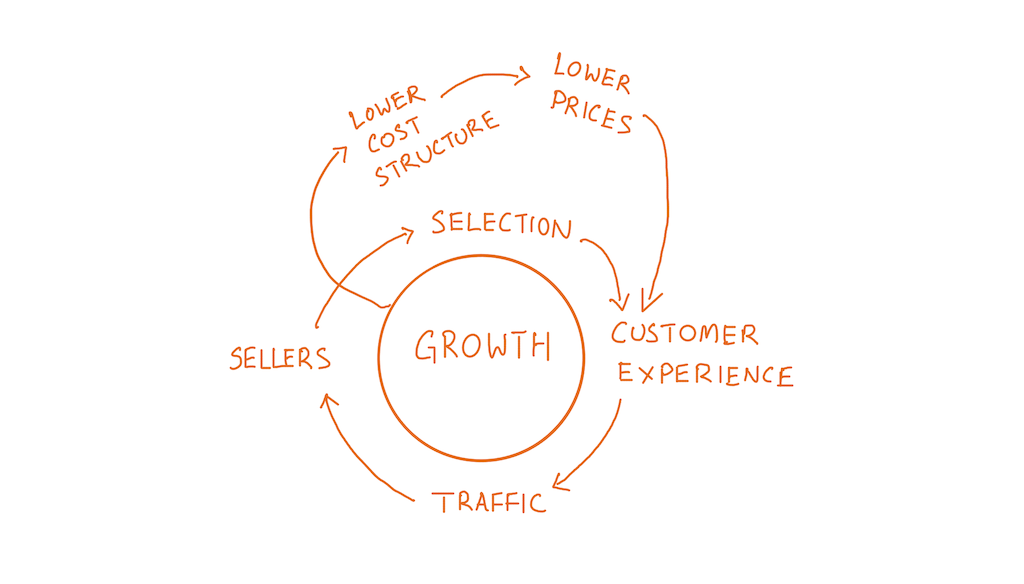.png)
First Published: 03 August, 2023
Enter vanity metrics – (or what we like to call outcome metrics), data points that may appear impressive at first glance but fail to provide meaningful insights or drive actionable decisions. In this blog, we'll delve into the world of outcome metrics, their allure, and the potential pitfalls they present for marketers.
As marketing professionals, you may find yourselves dealing with two interconnected challenges: data overload and the temptation of vanity metrics. With a vast amount of data at our fingertips, it can be easy to get overwhelmed. It is nearly impossible to analyse every piece of data in order to make every decision! The key instead is to focus on the metrics that truly matter and ignore the rest.
But how do you ignore vanity metrics when they are so hard to resist? They boast impressive numbers, making us feel good and successful, the big wigs love them, and they are ultimately how our performance as marketers gets measured.
There is common theme that comes with vanity metrics: they are often uncontrollable and lagging indicators, measuring only the output or outcomes of a series of actions instead of what moved the dial to get there.
It is far more valuable to focus on what the retail giant Amazon likes to call ‘Input Metrics’, these are the controllable metrics that lead to the outcomes and goals. You can look at them as the actions or steps you need to take as a marketing team to really show outstanding performance. Input metrics should be tracked regularly as they will end up looking after your topline vanity metrics if you get them right. It’s a win-win situation!
Let’s say you are an e-commerce business, and your marketing goal is to increase the amount of organic revenue generated via your website, this goal becomes your ultimate outcome (vanity metric) and is dependent on a chain of events.
You start with looking at traffic to your website, which in turn is dependent on how your website ranks versus competitors, which is reliant on the content and technical elements that search engines value.
This is where your elusive Input Metrics lurk, the elements or actions your team can take to really shift the needle.
Going back to our Organic Revenue example, you need to look for input metrics that will help improve your search engine result page ranking. Some good input metrics examples could be:
Identifying these ‘inputs’ is key because they shape our efforts, influence decision-making, and align the entire team towards what matters most.
Identifying the right metrics to gauge marketing success may seem straightforward, but it's often more complex than you first think, as they are not a one size fits all. In our experience, it often involves trial and error to pinpoint the ones that matter to your organisation.
A great place to start defining what you want to measure is by using a concept from Jim Collin's legendary book, "Good to Great" – the Flywheel.
This innovative idea replaces the traditional linear marketing funnel with a circular, self-reinforcing system. The Flywheel centers around a set of controllable input metrics that drive a single key output metric.

*Amazons Flywheel
Amazon’s Flywheel, for instance, focuses on attracting customers, engaging, and delighting them, and fostering advocacy. By prioritising customer satisfaction and loyalty, their Flywheel leverages the power of positive word-of-mouth and referrals, attracting new customers and creating a self-perpetuating cycle of growth. They then align their metrics with elements of their unique Flywheel.
Amazon didn’t find their input metrics at their first attempt, they went through a process of defining them, measuring, analysing, and improving them to ensure they were driving the right behaviours and not the wrong ones.
We are not saying that you shouldn’t measure your outcomes (vanity metrics), but to be mindful that sometimes they can just be a distraction and meaningless unless you get ahead of them and measure the inputs it takes to achieve them.
By embracing a well-defined approach to input metrics and continuously refining your strategies, you will be empowered to make informed decisions, optimise your efforts, and deliver exceptional customer experiences that drive bottom-line growth. Remember, it's not always a straightforward path to find the right input metrics, but the journey is worth it to achieve sustained success and meaningful business outcomes.
If you are interested to know more, we recommend reading ‘Working Backwards’ by Colin Bryar and Bill Carr on the Amazon way of doing things.
Category

Contact us if you have any suggestions on resources you would like to see more of, or if you have something you think would benefit our members.
Get in TouchSign up to receive updates on events, training and more from the MA.
